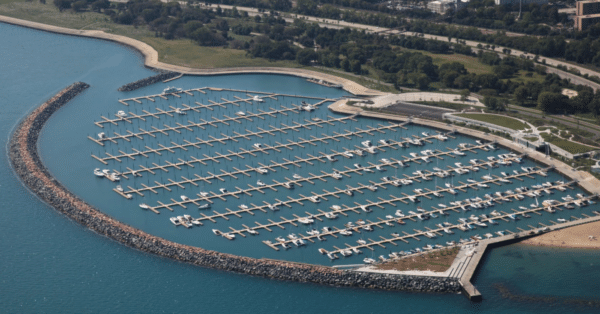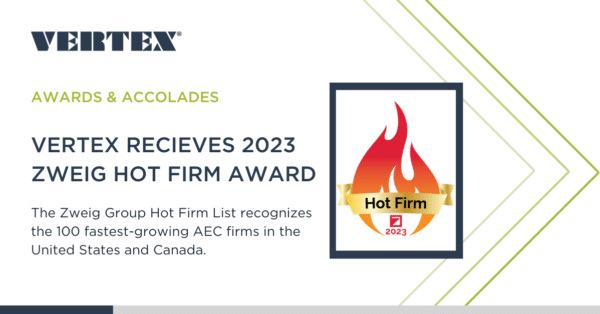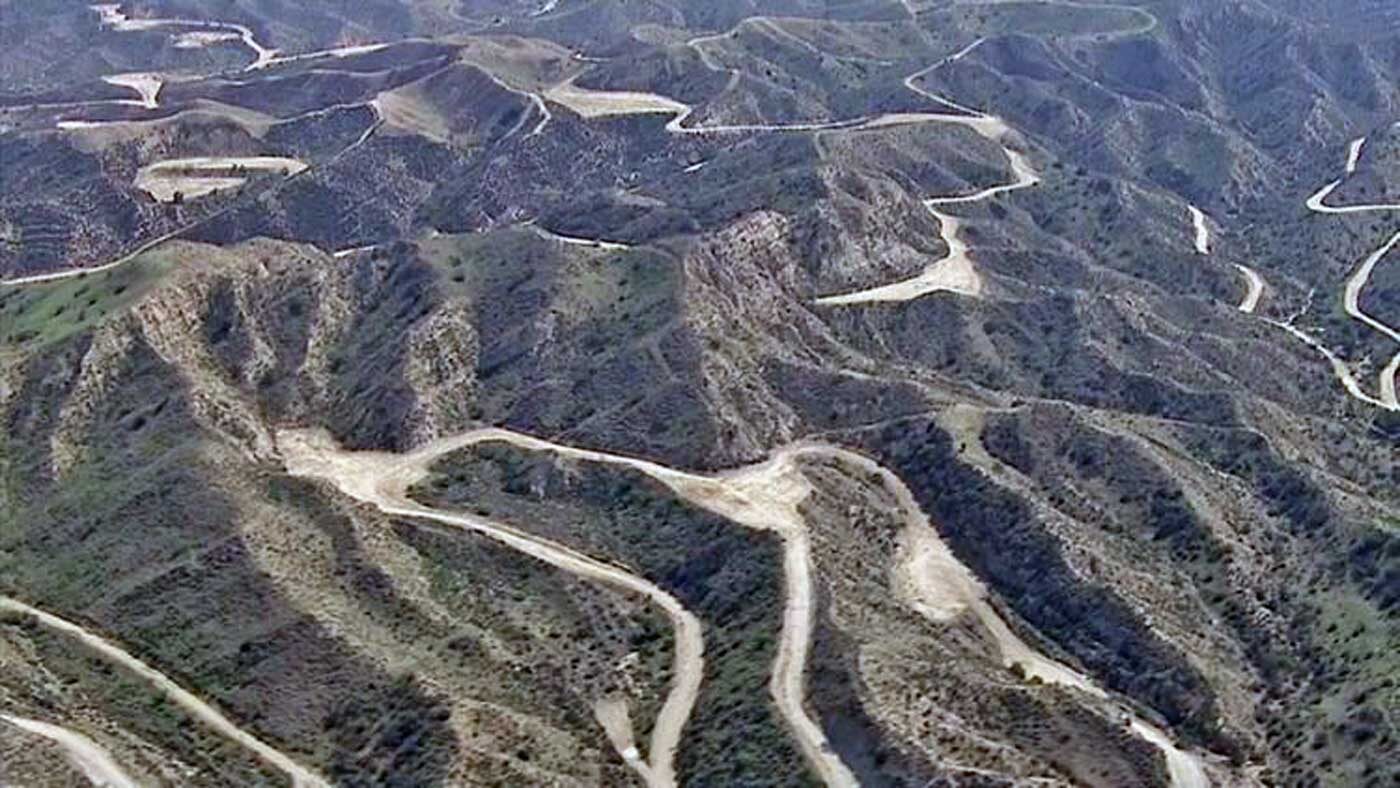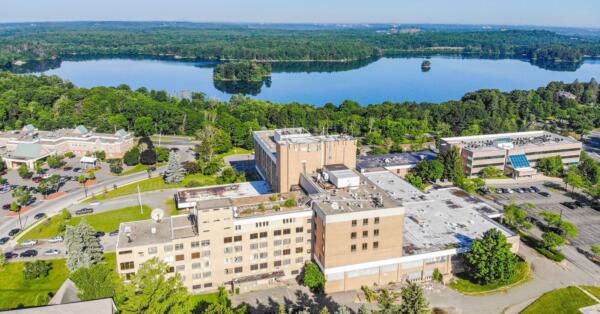California has acted as America’s spearhead in Greenhouse Gas reduction using a wide range of legislative and executive mandates. While both institutions and the building industry create and follow methods to satisfy the mandates, sometimes they get challenged at the Supreme Court such as in Center for Biological Diversity v. California Department of Fish and Wildlife, otherwise known as the Newhall Ranch Case, we find that some methods don’t hold up.
The impact of the case’s ruling on the industry was profound enough to have the BIA San Diego hold a special seminar to discuss the details and alternative methods to use in light of Newhall’s ruling.
About the Newhall Ranch Case
Newhall Ranch is a 12,000 acre project with over 20,000 residences in Santa Clarita, California. While it was approved by LA County back in 2003 they needed approval from the CA Department of Fish and Wildlife so a Joint Environmental Impact Report (EIR/EIS) was certified in 2010.
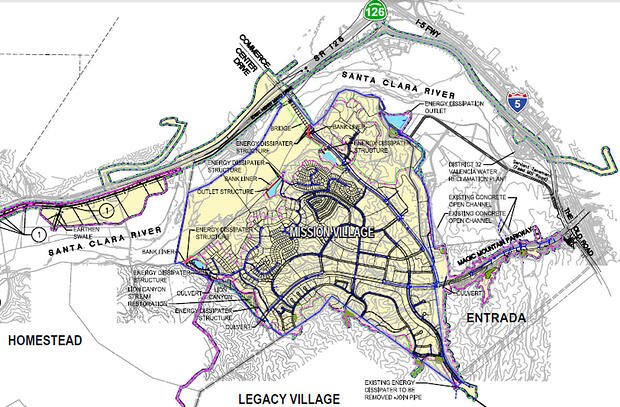
However, the method of greenhouse gas analysis in that report was challenged in a lawsuit. The question presented to the Supreme Court:
“Whether a comparative analysis modeled on the methodology employed by CARB in its Scoping Plan, which compared statewide emission goals to a statewide BAU scenario, can properly be used under CEQA to evaluate the significance of an individual proposed project’s GHG emissions?”*
*BAU: “business as usual” unregulated Greenhouse Gas emissions expected to occur by 2020 in the absence of any reduction measures. CARB: California Air Resources Board, the ‘clean air’ agency of California and the only state level one since it was established before the federal Clean Air Act. CEQA: California Environmental Quality Act.
The Supreme Court found that using Scoping Plan’s reduction was consistent with CEQA guidelines, however, the standard practice using statewide emission goals in the EIR/EIS did not adequately show the project’s consistency with the Scoping Plan. In other words, using statewide BAU and target numbers to derive a project’s Greenhouse Gas reduction percentage numbers does not satisfy CEQA guidelines unless a project’s scope happens to be statewide. To satisfy it, a project needs to provide substantial evidence in the administrative record to prove that the reduction goals are met locally.
The Impact
Developers in California weren’t completely left without a paddle; the Supreme Court gave out potential options to satisfy CEQA’s greenhouse gas reduction requirements.
For one, the comparative analysis versus BAU figures isn’t completely invalid. The developers can still use some of their calculations, however, BAU figures they compare to will need to be based on local or regional data of the project location. In the case of San Diego, the regional data is collected by the University of San Diego and is available for developers; however, getting local data in some other areas of California can be a challenge.
An alternative way to satisfy the greenhouse gas requirements is to rely on a locally qualified Climate Action Plan (CAP) if it is adequately supported. The challenge behind this is that numerous local governments are still lagging in putting CAPs in place. San Diego Climate Action Plan was adopted in December 2015 however the checklist for developers wasn’t approved until July 2016.
Alongside the two listed above, the court recommended that other numerical thresholds (i.e., bright line, service population) should be used to help build substantial evidence.
However, these methods aren’t without risks; none of the alternatives given are guaranteed since they have yet to be proven to hold in court. Another caveat to go along with it is the Supreme Court indicated that “in the near future” it would be necessary to consider post-2020 targets for projects with longer buildouts.
While many developers had to deal with following the alternative methods, one project was caught in a ‘perfect storm’ of the ruling: The Glen at Scripps Ranch. They had completed their EIR/EIS but when the ruling came out, they couldn’t use San Diego’s CAP checklist, and doing subsequent Greenhouse Gas analysis would trigger a recirculation. However through ingenuity they applied a Project Specific Standard and used two new methodologies – Traditional Service Population Threshold and Hybrid Land Use Gap / Service Population Threshold – to support The Glen EIR’s existing conclusion that it does not have a significant greenhouse gas impact.
There will likely be more landmark cases in regards to California resource regulations as the state continues to push towards its energy and emission reduction goals in 2020 and 2035. While this and other regulations like Title 24 are contributing to the most costly environment to build in, we are without a doubt building some of the best products in the market. There may be even an advantage to innovating and going beyond the requirements.
To learn more about VERTEX’s Construction Contracting & Consulting and Environmental Consulting services or to speak with an Expert, call 888.298.5162 or submit an inquiry.
Images courtesy of ABC7 and SCV news.
This article was originally published by Xpera Group which is now part of The Vertex Companies, LLC.



